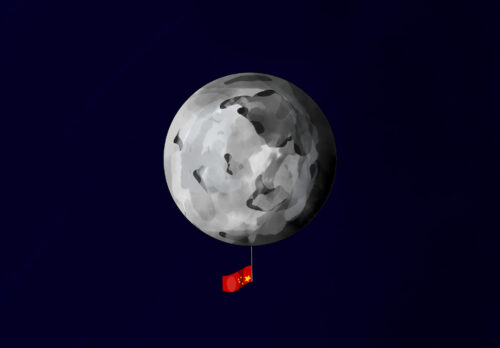China launches core module of new space station, to be completed by end of 2022
The first of 11 launches to construct the Chinese Space Station went ahead without a hitch today. If all goes according to plan, the CSS will be fully operational by the end of 2022.

Today in China’s southern island province of Hainan, crowds gathered to witness a major milestone in the country’s space program: the first of 11 launches to build a permanent Chinese space station.
- Today’s launch put into orbit the space station’s Tianhe (天和 tiān hé; “harmony of the heavens”) core module. In the future, it will “serve as the control center and living quarters for up to three astronauts for long-term stay or six people for short-term stay,” per Sixth Tone.
- The future space station itself is called Tiangong (天宫 tiān gōng; “heavenly palace”), but also known as the Chinese Space Station (CSS).
- The CSS is the planned successor to Tiangong-1 and Tiangong-2, which were designed as prototype space laboratories. The CSS is going to be the real deal: a large, fully functional manned space station, open to the astronauts and experiments of nations and companies friendly to China.
- Somewhat unsurprisingly, after the U.S. government banned official cooperation in space with China a decade ago, the initial round of international experiments chosen for the CSS do not include any from the United States — even though some American scientists did apply.
After a “high-density, highly challenging launch cadence with complex equipment and operations” running until the end of 2022, according to space journalist Andrew Jones, the CSS is planned to be fully constructed.
- China’s permanent manned space station, the plans for which were first approved in 1992, will be a fraction of the size of the International Space Station.
More on China’s public and private space efforts:
- China, Russia open moon base project to international partners, early details emerge / SpaceNews
- Official: China’s moon probe will carry French, Russian gear / AP
- Chinese capsule returns to Earth with Moon rocks / The China Project
- China’s commercial sector finds funding and direction / SpaceNews
- China names Mars rover for traditional fire god / AP
- “China’s first Mars rover will be named Zhurong [祝融 zhùróng] after a traditional fire god, the government announced Saturday…The rover’s title fits with the Chinese name for Mars — ‘Huo Xing [火星 huǒxīng],’ or fire star, the China National Space Administration said.”






